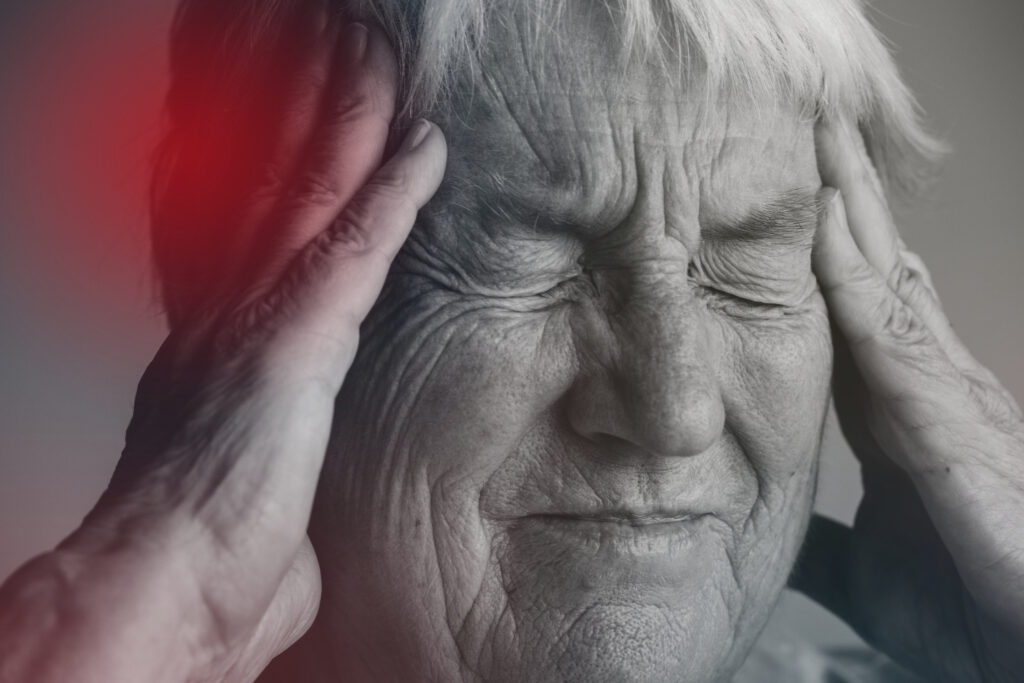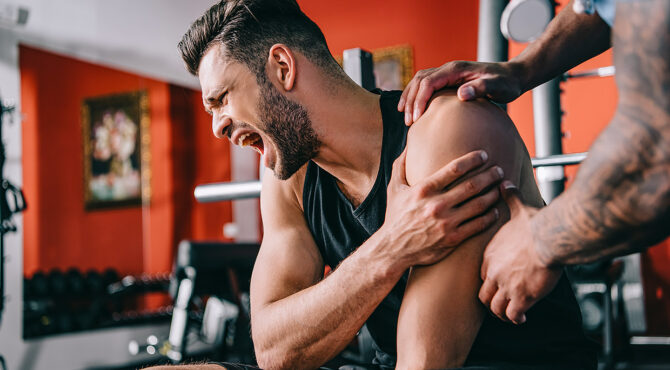You might be surprised to learn how effective relaxation techniques can be in managing stress and enhancing your overall well-being. Practices like deep breathing and mindfulness meditation not only help calm your mind but also improve your physical health. As you explore various methods, you'll discover how each technique uniquely contributes to reducing anxiety and fostering emotional resilience. Yet, the real question is, which of these practices will resonate most with you and fit seamlessly into your daily routine?
Deep Breathing Exercises
Taking a moment to focus on your breath can be a powerful way to relieve stress. Deep breathing exercises help you shift your attention away from stressors and into a more calming state. When you're feeling overwhelmed, take a few minutes to practice these techniques.
Start by finding a comfortable position, whether you're sitting or lying down. Close your eyes and place one hand on your chest and the other on your abdomen. Inhale deeply through your nose, allowing your abdomen to expand as you fill your lungs with air. Hold that breath for a few seconds. Then, exhale slowly through your mouth, feeling your abdomen contract. You'll notice how the rhythm of your breath brings a sense of calm.
Try to make each inhale last for a count of four and each exhale for a count of six. This slight adjustment encourages relaxation by activating the body's parasympathetic nervous system. Repeat this for several minutes, focusing solely on your breath. If your mind starts to wander, gently bring your attention back to the sensation of breathing.
Incorporating deep breathing exercises into your daily routine can be incredibly beneficial. Whether you practice them in stressful situations or as part of your morning ritual, you'll find that you're better equipped to handle challenges.
Mindfulness Meditation
Mindfulness meditation is one of the most effective techniques for managing stress and enhancing overall well-being. This practice encourages you to focus on the present moment, helping you become more aware of your thoughts, feelings, and surroundings without judgment. By cultivating this awareness, you can reduce anxiety and promote a sense of calm.
To get started, find a quiet space where you can sit comfortably. Close your eyes and take a few deep breaths. As you breathe in and out, pay attention to the sensations of your breath entering and leaving your body. When your mind wanders—and it will—gently redirect your focus back to your breath. This simple act of returning to your breath is where the true power of mindfulness lies.
You don't need to meditate for hours; even a few minutes daily can make a significant difference. As you practice regularly, you'll likely notice an increase in your ability to manage stress. Instead of getting overwhelmed by negative thoughts or feelings, you'll develop a more balanced perspective.
Over time, mindfulness meditation can help you respond to stressors with greater clarity and calmness. Incorporating mindfulness into your daily routine can also enhance other areas of your life. Whether you're eating, walking, or engaging in conversation, bringing mindfulness into these activities fosters a deeper connection to yourself and others.
Progressive Muscle Relaxation
Progressive Muscle Relaxation (PMR) is a powerful technique that helps you combat stress by systematically tensing and relaxing different muscle groups in your body.
By focusing on the physical sensations of tension and relaxation, PMR allows you to become more aware of your body and release built-up stress. It's a straightforward practice that you can easily incorporate into your routine.
To get started, find a quiet and comfortable space where you won't be disturbed. Begin at your feet and work your way up to your head, tensing each muscle group for five seconds before relaxing them for 30 seconds. This method can enhance your overall well-being and help you manage stress effectively.
Here are some benefits of practicing PMR:
- Reduces muscle tension: Alleviates tightness and discomfort in your body.
- Improves sleep quality: Helps you unwind, making it easier to drift off.
- Increases body awareness: Enhances your connection between mind and body.
- Promotes emotional well-being: Can help decrease anxiety and improve your mood.
- Easy to learn: You can practice it anywhere, anytime, with no special equipment needed.
Visualization Techniques
After practicing Progressive Muscle Relaxation, you might want to explore another effective method for managing stress: visualization techniques. This method involves creating mental images that promote relaxation and peace. By focusing on calming scenes or experiences, you can shift your mind away from stressors and into a more serene state.
To get started, find a quiet place where you can sit or lie down comfortably. Close your eyes and take a few deep breaths to center yourself. Once you feel relaxed, imagine a place that makes you feel safe and happy—perhaps a beach, a forest, or a cozy cabin.
Picture every detail: the colors, the sounds, and even the scents. Allow yourself to fully immerse in this environment.
While visualizing, try to engage all your senses. Feel the warmth of the sun on your skin, hear the gentle waves lapping at the shore, or smell the fresh pine in the air. This sensory engagement enhances the effectiveness of the technique, making the experience more vivid and real.
If your mind starts to wander, don't worry. Gently bring your focus back to your chosen scene. Practicing visualization for just a few minutes daily can meaningfully reduce stress and anxiety.
With time, you'll find it easier to tap into this calming resource whenever you need it. So, take a few moments each day to visualize, and watch how it transforms your stress management routine.
Yoga and Stretching
Yoga and stretching offer a holistic approach to stress relief that combines physical movement with mental focus. When you engage in these practices, you not only work on your flexibility and strength but also cultivate mindfulness. This connection between body and mind helps you to release tension and promotes a sense of calm.
Incorporating yoga and stretching into your routine can yield several benefits, including:
- Improved flexibility: Regular stretching increases your body's range of motion, reducing stiffness and discomfort.
- Enhanced mental clarity: Focusing on your breath and movement during yoga can clear your mind and improve concentration.
- Reduced muscle tension: Stretching helps alleviate tightness in your muscles, which can accumulate from stress.
- Better sleep quality: Practicing yoga before bed can help you relax, making it easier to fall asleep and stay asleep.
- Increased self-awareness: You become more attuned to your body's sensations and emotions, enhancing your overall well-being.
Integrating yoga and stretching into your daily life doesn't have to be time-consuming. Even a few minutes of deep breathing and gentle stretches can make a significant difference.
Whether you join a class, follow a video, or practice on your own, you'll find that these techniques can effectively combat stress and improve your overall quality of life.
Conclusion
Incorporating relaxation techniques like deep breathing, mindfulness meditation, and yoga into your daily routine can greatly enhance your mental and physical well-being. These practices not only help reduce stress but also foster emotional resilience, improve sleep quality, and increase self-awareness. By making time for these techniques, you're taking a proactive step toward managing stress and elevating your overall quality of life. So, why not start today and experience the benefits for yourself?



